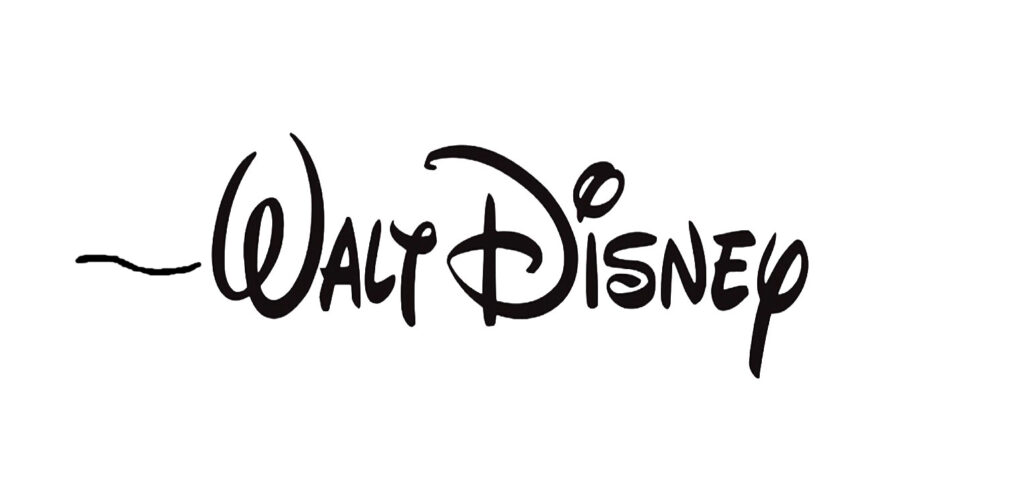JIMINY’S NARRATION AND MY DISCLOSURE
Having taken us into his confidence and established the story as a flashback that will corroborate the efficacy of wishing upon a star, Jiminy Cricket now launches into his narration and pries open that big book. When the end paper refuses to stay open, Jiminy demonstrates to us right away he is a savvy problem-solver by swiveling the handle of the foreground candle-holder to pin the page in place. Then the cricket continues his narration. The book’s titlepage illustration depicts a sublime starlit night over the rooftops of a quaint village in a valley of snow-capped mountains. One star in particular sparkles most radiantly. In the first of several incredibly intricate multiplane set-ups the camera trucks right into this book illustration – whereupon we find ourselves inside the story – and then pans left across and down, even rotating slightly clockwise, through foreground belltowers, weathervanes, shingles, gutters and chimneys to a longshot of the town’s only lighted dwelling, the woodcarver Geppetto’s humble abode. Presciently hanging off the near storefront a filigreed placard depicts in silhouette a running figure that is the exact image of Pinocchio. For some reason there is a cut here to another shot of the same background. The camera then takes us on a cricket’s-eye-view of hopping down the cobblestone street toward the front window of the shop: in accordance with the perspective of each of six hops the windowframe bounces closer and closer while the interior beyond it enlarges but remains stationary!
Jiminy, no longer costumed in his swanky tux but wearing the raggedy garments of a vagabond, peeks in through the window then enters Geppetto’s workshop through a chink in the bottom of the door, using his umbrella handle to drag his carpetbag inside behind him. On the hearth warming his – ahem! – butt against a glowing coal out of the fire…

…he surveys the room, marveling at the inventive toys and other gewgaws, until he catches sight of an unfinished marionette sitting on the workbench. He hops over to investigate. Now an important transition happens, elucidated by J.B. Kaufman as follows:
…any possible confusion arising from the Cricket’s role as narrator is disposed of with ingenious simplicity: …we hear his voice narrating what is clearly a flashback… recollection of past events. Then… we hear his first dialogue as a character in the story, “Cute little fellow… Good piece of wood too!” Instantly, imperceptibly, the past becomes present and we’re in the story with him…[1]
And right away Geppetto and his little kitten Figaro enter into the story too, arriving down a flight of stairs into the room. As it turns out, his pet goldfish Cleo has been present all the while, though discreetly out-of-sight abiding in her fishbowl. Neither of these pets is predominate in Collodi’s story. In fact, no goldfish appears in it at all. How Geppetto’s “little water baby” became a co-star in Disney’s film is a mystery, though she was conceived right from the beginning of scripting. Her fishbowl and the pedestal on which it resides are beautifully designed: the base of the globe is wreathed in golden cavorting dolphins and the platform supported by carved frogs.
At this juncture in this chapter I feel it advisable in the service of transparency to make full disclosure: I myself am a professional puppeteer. Consequently many details of Disney’s Pinocchio exert a particular resonance for me. Early in my career I worked in the “live” theater as writer, producer, director, designer, stagemanager, technician, occasionally actor, but as years passed by I found greater satisfaction in the art of puppetry, which incorporates all these skills, combines them with sculpture and painting and amalgamates everything into a single finished product, a puppetshow. After touring for a decade, I established my own small permanent theater on Chicago’s northwest side and there for thirteen years continued to experiment in this engrossing art form. I must have seen Pinocchio for the first time in the mid ’50s or early ’60s upon its second or third public re-release. By then NBC-TV’s immensely popular pioneering children’s telecast Howdy-Doody (1947-1960) had already seduced me. I do not know whether it was the early influence of Walt’s film or my own independent preference, but as it happens I almost always adopted cats and fish as pets!
From my puppeteer’s perspective, Geppetto’s workshop and his marionette are very idealized and utterly charming. The warmth of this setting, both emotionally and physically, and its plethora of detail are especially enthralling.

Bathed in the hearth’s glowing firelight, background paintings depict not only hand-carved artifacts galore, but hand-made wood-working implements, sewing notions, paintpots and brushes, and a floor strewn with wood chips and shavings. The very walls, shelves, tables, chairs and other furniture – all bespeak the inventiveness and decorative skill of the resident woodcarver. His intricate artistic and mechanical handiwork is everywhere on display: toys, dolls, puppets, music boxes, figurines – and those clocks! An entire wall covered with them, each unique and fascinating!

Among the many toy animal likenesses in these background paintings, a giraffe stands out like a reference point, its long curved (!) neck frequently visible above the other toys, often silhouetted, usually in a discreet corner of the window ledge. Later, when Pinocchio returns to his then-desolate homestead, this giraffe’s head is bowed low and dusty. By the film’s conclusion it has perked up again. The glorious richness of detail in these backgrounds passes by too quickly for leisurely discernment and appreciation! I glean it mostly from observing still photos in books about the film.
[1] Kaufman, J.B.: Pinocchio, The Making of the Disney Epic, The Walt Disney Family Foundation Press, San Francisco, CA, 2015, p. 156.
